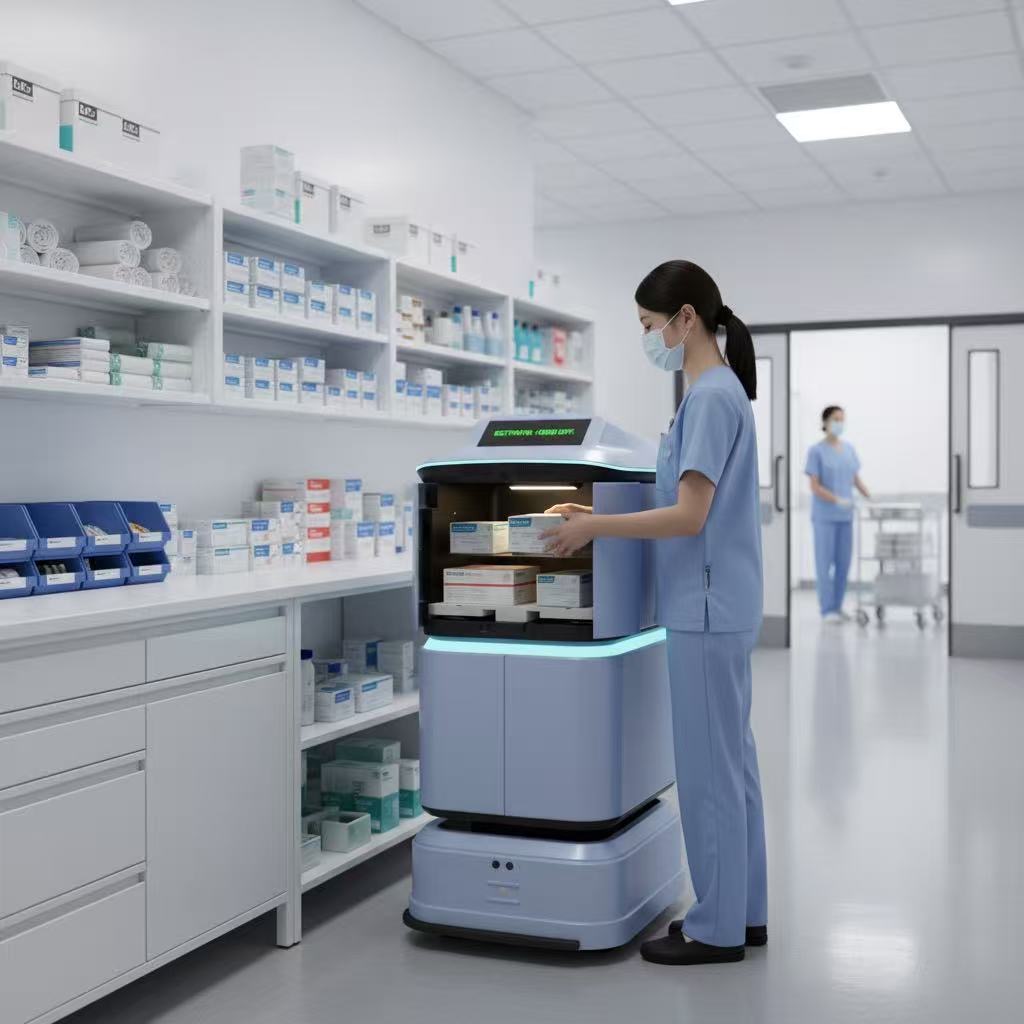The Service Robot Industry: A Snapshot of 2025
The World Robotics 2025 – Service Robots report, produced by VDMA Services GmbH and backed by the IFR Statistical Department, is one of the most authoritative sources of data on the global service robotics market.
With contributions from professionals like Dr. Christopher Müller, Director of the IFR Statistical Department, the report reflects the latest trends, developments, and forecasts in the service robotics industry.Also the report is supported by industry partners like PAL Robotics, making it a highly credible and valuable resource for anyone looking to understand the evolving world of service robots.
If you don’t have time to dive into the full report, this blog will distill the key takeaways, offering you a quick and insightful overview of the industry trends and providing a macro-level perspective on the future of service robotics.
Growth and Market Trends
The service robot market is experiencing diverse growth. In 2024 alone, sales figures highlight the rising demand for robots in both professional and consumer sectors.
Professional Service Robots:
These robots saw a modest overall growth of 9%. Notably, medical robots skyrocketed with a 91% increase in sales. The field of professional service robots includes applications in:
Transportation & Logistics:
The largest segment, with robots used to move goods and cargo. In 2024, this category experienced a 14% increase in sales.
Hospitality:
Despite a slight decline, this market continues to be significant with over 42,000 units sold.
popbot D1
Professional Cleaning:
An impressive 34% growth rate reflects increasing automation in cleaning tasks.
popbot C2
Agriculture:
Though sales contracted slightly by 6%, robots in agriculture still remain an important niche.
Rising Popularity of RaaS (Robots as a Service)
The emergence of RaaS models is one of the most notable trends. This business model allows companies to scale their robotic operations quickly and flexibly, making it easier to integrate automation into operations without the upfront costs of buying robots. In 2024, the RaaS fleet grew by 31%, reaching over 24,500 units globally.
Key Drivers of Service Robot Adoption
Several factors are driving the surge in service robots:
Demographic Changes:
The global aging population is creating an increased demand for healthcare robots. With hospitals and care facilities facing staffing shortages, robots can help with tasks ranging from logistics to patient care.
Labor Shortages:
Industries are increasingly turning to automation to mitigate the effects of a shrinking skilled labor pool. Robots, especially in logistics and cleaning, can fill these gaps and improve efficiency.
The Consumer Robot Boom
Consumer service robots are also on the rise, with nearly 20.1 million units sold in 2024. The biggest category by far is robots for domestic tasks like vacuuming, mopping, and lawn mowing. These robots make up 97% of consumer sales. However, robots designed for home care remain niche, indicating a growing but selective demand for robots that provide personal assistance in more complex, human-centric tasks.
A Diverse and Expanding Industry
The service robot industry is vast and diverse. While some companies focus on creating specific robots for tasks like logistics or cleaning, others work to combine robots with artificial intelligence (AI) and advanced software to create flexible, adaptable systems. The rise of collaborative robots (cobots), which work alongside human operators, is also gaining traction in various service industries.
Future Outlook
Looking ahead, the future of service robots appears promising. Industry experts predict continued growth, driven by both technological advancements and market needs. With new software innovations, especially in AI, shaping the landscape, service robots will continue to evolve and integrate into more industries.
Key Insights:
The growing importance of RaaS is lowering adoption barriers and enabling more companies to embrace robotics.
Emerging applications, such as in inspection, maintenance, and security, are showing explosive growth.
Although the number of new startups entering the market has slowed, established players are consolidating their positions, leading to a more mature market.
Conclusion: Opportunities and Challenges Ahead
The service robot industry is thriving, but it remains a rapidly evolving sector. Companies in the field must remain agile and embrace both hardware and software advancements to stay competitive. For businesses looking to invest in robotics, now is an excellent time to enter a market ripe with opportunities, but also full of challenges.



